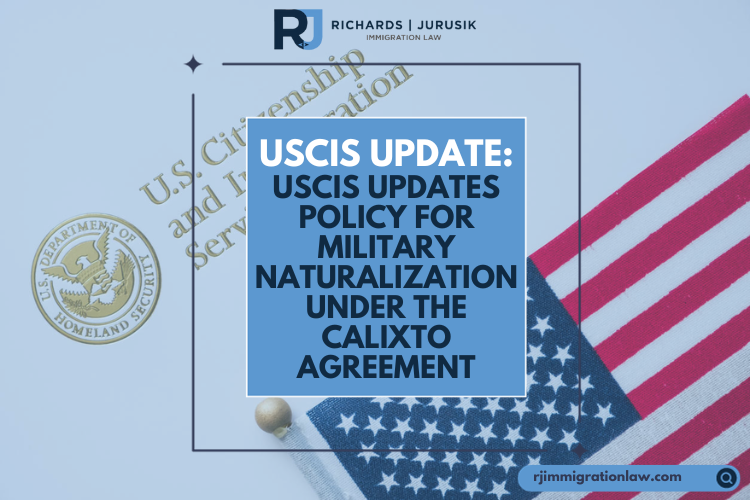Maintaining your Lawful Permanent Resident (LPR) status is crucial to achieving your dream of U.S. citizenship through naturalization. However, it’s essential to understand that any signs of LPR abandonment can jeopardize your path to becoming a U.S. citizen. In this blog post, we shed light on the concept of LPR abandonment, the factors that matter to the United States Citizenship and Immigration Services (USCIS), and how you can navigate this complex area of immigration law.
What is Abandonment of LPR Status?
Abandonment of LPR status occurs when an individual demonstrates an intention to relinquish their U.S. residency upon departing the country. It’s worth noting that even a parent’s decision to abandon their LPR status can affect their minor child’s status. While LPRs are allowed to travel internationally, specific characteristics of their trips can raise concerns about potential abandonment.
If you reenter the U.S. after an apparent abandonment, even if mistakenly allowed, you may still be deemed ineligible for naturalization. This is due to the failure to meet the continuous residence requirement and the condition of lawful readmission for permanent residence. In cases where USCIS determines abandonment, the Department of Homeland Security (DHS) may initiate removal proceedings. Only after receiving a final removal order from an immigration judge does an individual lose their LPR status.
Factors in Determining Abandonment of LPR Status
When assessing whether LPR abandonment has occurred, USCIS considers several critical factors:
- Length of Absences from the United States: Extended absences can raise questions about an LPR’s intent to return, while short, regular visits are less likely to affect LPR status.
- Purpose of Travel Outside the U.S.: The reasons for your international travels, whether for vacations or attending to family matters, are considered in the abandonment determination.
- Intent to Return as an LPR: Maintaining a consistent intent to reside in the U.S. permanently is a primary consideration throughout your travels.
- Continued Ties to the U.S.: Indicators of your intent to maintain permanent residence in the U.S. include factors like filing tax returns, property ownership, business affiliations, and family connections.
USCIS evaluates these factors holistically. While obtaining a reentry permit can signify your intent to maintain LPR status, it doesn’t guarantee protection from abandonment. Similarly, not obtaining a reentry permit doesn’t automatically imply abandonment.
Other actions, such as establishing connections outside the U.S., participating in foreign elections, or claiming “nonresident alien” status for tax purposes, can be interpreted as signs of abandonment. However, individuals can challenge these assumptions with concrete evidence of their intent to remain LPRs.
In Conclusion
To maintain LPR status and ensure a smooth naturalization process, it’s crucial to understand the complexities of LPR abandonment and the evidence USCIS may require during naturalization applications. Timely and thorough responses to USCIS requests for additional evidence are essential to avoid naturalization application denials. Understanding LPR status and naturalization can be challenging. However, with a clear understanding of the requirements and the proper guidance, you can secure your path to U.S. citizenship.
Subscribe to Our Resources Blog
Schedule a Consultation with an Immigration Lawyer
Citations
- USCIS Policy Manual: Chapter 2 – Lawful Permanent Resident Admission for Naturalization
- 8 CFR § 316.5 Residence in the United States.
We Can Help!
You may have questions regarding U.S. Permanent Resident Status (Green Card). We invite you to contact our team at Richards and Jurusik for detailed guidance and assistance. We aim to provide the most accurate and up-to-date information to make your immigration process smoother and less stressful. The immigration lawyers at Richards and Jurusik have decades of experience helping people to work and live in the United States. Read some of our hundreds of 5-star client reviews! Contact us today to assess your legal situation.







